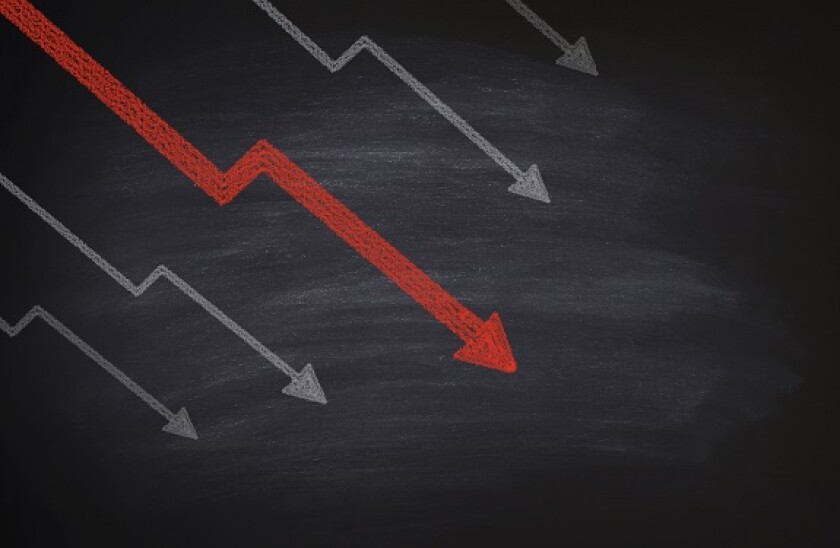Caisse de Refinancement de l’Habitat managed to attract €6bn of orders for its eight and 15 year covered bonds on Tuesday.
That is some €2bn more than investors registered for a very similar deal by BPCE two weeks ago — even though yields have lurched 20bp lower in that time.
With an order book of €3.5bn and a reoffer yield of minus 0.08%, the demand for CRH’s €1.25bn eight year deal was particularly impressive.
Bankers would be forgiven for thinking that the appetite for covered bonds is immune to any impact from negative yields.
Indeed, the deal from CRH followed a €750m four year from DZ Hyp, sold at a yield of minus 0.226%, as well as a €1.25bn five year from Landesbank Hessen-Thueringen Girozentrale, reoffered at minus 0.163%.
This trio of very well established issuers should be able to count on strong support from their covered bond investors.
But it is difficult to see how this sort of demand could be replicated for all names across the credit spectrum if safe haven bond yields continue their descent, exacerbated recently by panic around the spread of a new coronavirus.
CRH probably benefited from being able to offer only 40bp-50bp over the equivalent Bund, with German government bond yields having plummeted in recent trading sessions.
Along with most other covered bonds, the Aaa/—/AAA deal from CRH presents investors with an obvious alternative to government debt — not just because of the pick-up but also because these assets are less volatile than other rates products.
Nevertheless, investors showed in September that they can quickly become quite picky, especially when it comes to investing in lower rated or smaller credits at deeply negative yields.
Added to these complications is the possibility that the European Central Bank runs out of assets to buy in the second half of this year.
The central bank’s obvious response should be to lift the cap limiting government bond purchases to no more than a third of any particular deal. But it needs political approval to do this, which may prove tricky.
Faced with such constraints, the ECB would be obliged to increase private sector corporate and covered bond purchases, where it has greater flexibility.
If this increased buying were to occur when yields were at or near their lows, all issuers would struggle to appeal to investors.
As remote a risk as it may seem, with no historical comparison to draw from, smaller names could be compelled to pay unprecedented new issue concessions.
So far this year the going has been extraordinarily good — but it’s certain this situation cannot last forever.

